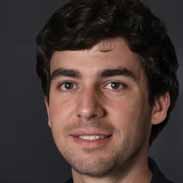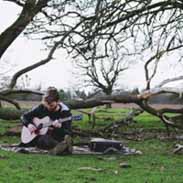Brca1 And Brca2 Flashcards, test questions and answers
Discover flashcards, test exam answers, and assignments to help you learn more about Brca1 And Brca2 and other subjects. Don’t miss the chance to use them for more effective college education. Use our database of questions and answers on Brca1 And Brca2 and get quick solutions for your test.
What is Brca1 And Brca2?
The BRCA1 and BRCA2 genes are two of the most studied genes in cancer research. These genes have been linked to hereditary breast and ovarian cancer, as well as other forms of cancer. It is estimated that mutations in these genes can increase an individual’s risk of developing certain cancers by up to 80%. BRCA1 stands for Breast Cancer Susceptibility gene 1 and was first identified in 1994. It is located on chromosome 17 and codes for a protein involved in DNA repair, cell growth regulation, tumor suppression and apoptosis (cellular suicide). Mutations in this gene can lead to a decrease in the ability of cells to repair damaged DNA or signal them to die when necessary. This increases the risk of unchecked cell division which can lead to cancer. BRCA2 stands for Breast Cancer Susceptibility gene 2 and was discovered shortly after BRCA1. Like BRCA1 it is associated with hereditary breast and ovarian cancer as well as other types such as prostate, pancreatic, melanoma, stomach, gallbladder and bile duct cancers. It is located on chromosome 13 and codes for a protein that helps fix damaged DNA strands within cells so they remain healthy during replication or cellular division. Mutations on this gene can cause abnormal replication resulting in an increased likelihood of genetic mutations which can then result in tumors forming from uncontrolled cell growth or proliferation.



















